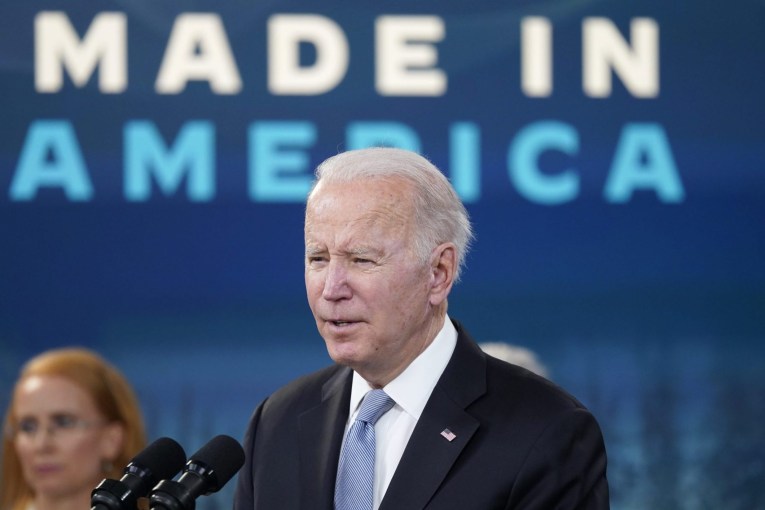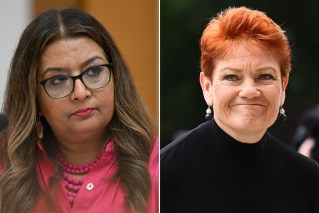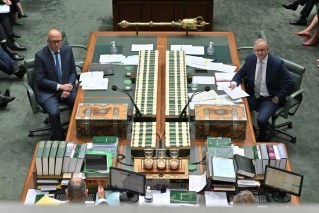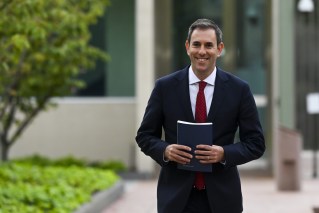What nation could learn from Queensland’s top-performing vaxxers
Three regional areas of Queensland are locked in a race to lead the state’s vaccination effort, injecting some valuable insights as they head towards the finish line.

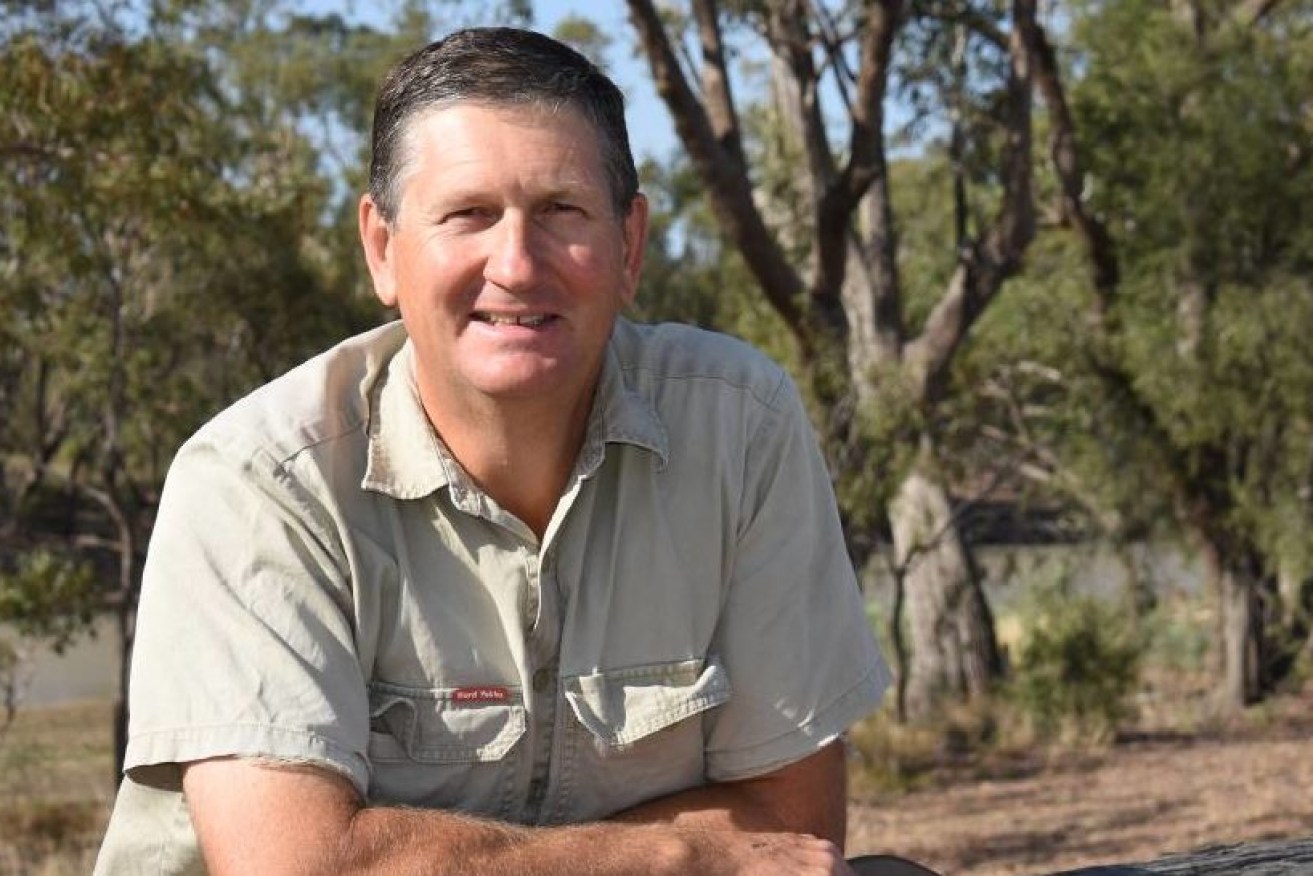
Goondiwindi Mayor Lawrence Springborg says solid health infrastructure locally has made the difference in getting people vaccinated. (Photo: Goondiwindi Argus).
As previously reported by InQueensland, the south-western community of Goondiwindi has been leading the state ‘s vaccination rates for weeks by a “country mile”.
Investigations suggest the trend is no accident or fluke, but the result of strategic medical workforce planning decades in development, providing health professionals in the community four hours’ drive from Brisbane with a secure base to accelerate the jab once COVID vaccines were available.
As of Monday, according to Commonwealth data, Goondiwindi’s first dose vaccination rate for people over the age of 15 was 88.3 per cent.
Redland City, on the eastern outskirts of Brisbane, but with a significant ‘remote’ population on its nearby Moreton Bay islands was number two at 79.7 per cent.
An arm’s length behind was the North Queensland coastal community of Hinchinbrook at 79.2 per cent, followed by Brisbane and Noosa on 79.1 per cent and 78.2 per cent respectively.
When contacted by InQueensland, the three mayors of the leading local government areas all joked they were in regular contact to “egg each other on” in a spirit of healthy, inter-region rivalry.
But they remain deadly serious about protecting against complacency, especially with escalating concerns the Delta strain will circulate in Queensland more widely and virulently once the state opens to NSW and Victoria.
Those fears are particularly acute in the border community of Goondiwindi, where you can see into NSW from the town’s southern end across the Macintyre River.
Mayor Lawrence Springborg said the close proximity to NSW contributed to his community’s desire to get vaccinated, although there were other factors driving the momentum.
“From day one we’ve taken a very assertive, pro-vaccination position,” he said.
“We’ve taken every opportunity to have pop-up vaccination centres established.
“Whenever a health service wants to put up a vaccination clinic, whether that’s Goondiwindi, Texas or Inglewood, all they have to do is call me, I’ll make it happen and give it to them gratis and then we go hell for leather publicising it in our community.”
Springborg, who once led the state’s health system as Health Minister in the LNP Newman government of 2012-2015, was an early, outspoken supporter of the current Labor administration’s approach to managing the pandemic, especially on the issue of tough border restrictions.
He said the climate in Goondiwindi was one of unified resolve to stand against the COVID threat, harnessing all resources and networks available to keep the community – especially its elderly population and First Nations people – safe.
Prominent Goondiwindi GP, Dr Matt Masel, said communities with highly functioning and well-staffed medical clinics, which were already well established and accessible to the community before COVID, were in the best possible shape to accelerate their vaccination efforts.
“Communities such as these definitely have a massive head start,” he said.
“GPs provide frontline, continuity of care for their patients. If people already have that good, solid relationship with their GP, they are in a better position to receive qualified advice about how vaccines work and allay any anxiety or hesitancy.”
Masel, who will become the president of the Rural Doctors Association of Queensland in the second half of 2022, said rural and regional communities without adequate medical infrastructure, resources and staff already in place will be on the back foot to achieve the government’s targets of 70-80 per cent of all eligible Queenslanders fully vaccinated by December 17.
He and his wife, Dr Sue Masel, bought the Goondiwindi Medical Centre in the early 2000s and built the practice to a permanent medical staff of 13, plus trainee post-graduate doctors and medical students.
The clinic’s doctors also have rights to work in the local hospital, providing a seamless link for patients between the clinic for GP consultations and for times when they may need more intensive or emergency care.
The shared workforce model is a strategic and integrated approach to doctoring that has developed over decades within medicine’s industrial framework and remains a successful blueprint for other health districts in Queensland to adopt.
Yet according to medical experts who have backgrounded InQueensland, very few Queensland Health and Hospital Services have anything like the Goondiwindi shared workforce model operating in their districts.
If they did, these experts say, a lot of the stress on rural medical workforce could be alleviated, improving patient access to doctors and relieving a lot of the strain on emergency departments in larger regional hospitals.
The proof of the model’s success, they say, is in Goondiwindi’s vaccination rates, evidence of a secure and accessible medical environment that has propelled the community to the top of the state’s vaccination leader board.
In the north of the State, Hinchinbrook Mayor Ramon Jayo is adamant medical personnel from the region’s two private clinics and other support staff have played a vigorous team role in rolling out the jab.
He’s been their biggest supporter, conveying the medical team’s vaccination progress via Facebook, using a giant thermometer as a visual to show the community where they are placed in relation to the target.
“The doctors here have just been brilliant from day one, right on the front foot and have never stopped hammering home the message about the benefits of vaccination,” Jayo said.
“We have a sizeable older demographic here and they have enormous trust in their physicians, so without doubt this has been a major factor in Hinchinbrook.”
Wedged between first and third and closing in fast on the state’s leader is Redland City.
While the centre of the Redlands is a mere 50 kilometres from the Brisbane CBD, in many respects it still operates like a rural centre, especially in the way health and social services are administered.
With a population of 160,000, about 10,000 of those are permanent residents of six Moreton Bay islands that are classified as lower socio-economic and are challenging for community support workers and emergency services to access.
According to the city’s long-serving mayor, Karen Williams, when natural disasters such as bushfires ignite on the islands and wild storms lash the bayside, a response plan expressly devised for the city and its unique challenges is immediately activated.
While COVID-19 is a pandemic and not a natural disaster, the threat it poses to human health and community cohesion has triggered the same emergency response in Redland City, leveraging off the lessons learned in managing the aftermath of mother nature’s fury.
“We know from experience that the people on our islands – where we have First Nations people on North Stradbroke Island, many older people in our Southern Bay islands and rates of disadvantage across the board much higher than the state average – have to be well prepared when disaster looms,” Williams said.
“We have a really strong disaster response, both at a community and organisational level, which over time has strengthened our emergency and support networks and deepened those relationships.
“At the heart of it really, is that sense of community. When times are tough and people are down, Redlands always rallies, and its champions come to the fore to help those in need.
“It’s what makes Redlands a really special place.”
